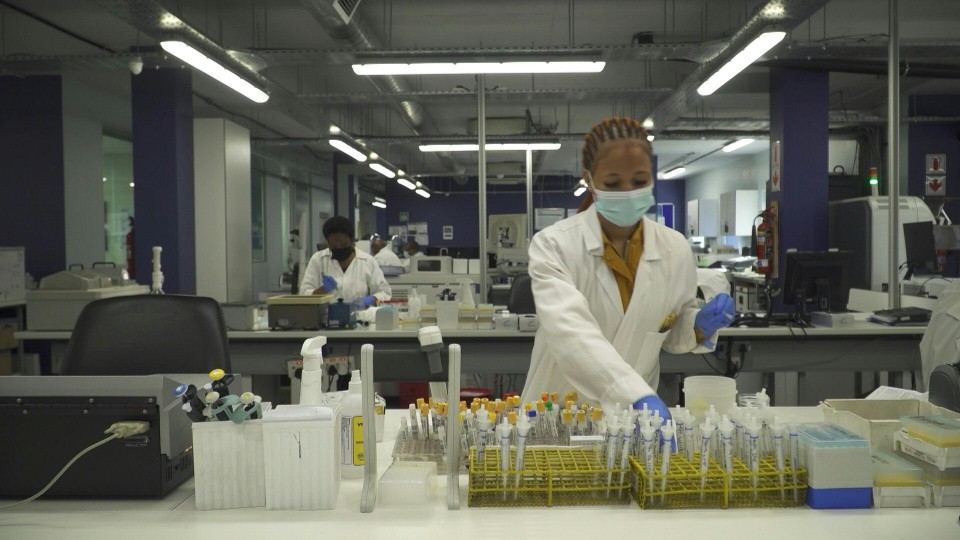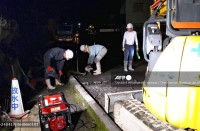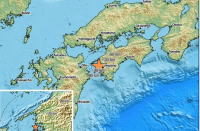
by Claire DOYEN
JOHANNESBURG, South Africa (AFP) — Access to the laboratory is strictly limited, for the risk of accidental infection is just too high.
Here, technicians at whirring machines analyze 18,000 PCR tests a day, looking for signatures of coronavirus.
Their work is so precise that just a handful of samples helped the team to discover Omicron — the new virus variant that has triggered global fears of yet another surge in the deadly pandemic.
In a white lab coat and mask, Eftyxia Vardas oversees an army of technicians, biochemists, and fellow virologists in Johannesburg at one of the biggest facilities run by Lancet Laboratories, a private firm.
As a clinical virologist, she has worked on diseases such as TB and AIDS for two decades.
In early November, 22 positive tests — mostly around the capital Pretoria — captured her team’s attention.
The PCR tests most commonly used to detect Covid-19 work by sifting through the genetic code to look for three specific genes.
But the lab found that one of those genes — the S gene — had dramatically disappeared from positive test results.
“We realized something was different in our PCR tests,” she told AFP, sketching her explanation on a notepad.
“We weren’t entirely sure what it was, if it was an existing variant or a new variant.”
‘Night and day’
At the time, four Covid-19 variants had been previously discovered, all of them a deep source of concern: Delta, which by then was behind most of the world’s cases, Alpha, Beta and Gamma.
Vardas’s team worked patiently to make sure they wouldn’t sound a false alarm.
“It took us about a week to accumulate the samples and then another week to do the sequencing,” she said. “Then we were pretty sure something was going on.”
Sequencing is a costly and laborious process that allows scientists to reveal the virus’s genome.
“It showed it was a completely different virus,” she said. “And that was the discovery of Omicron.”
There’s no joy in discovering the next phase of an epidemic that has infected more than three million South Africans, leaving 90,000 dead.
She sent the samples to health authorities at the National Institute for Communicable Diseases and KRISP, the country’s world-class genetic research centre.
As they dug deeper into the results, they confirmed the new variant, with an unusual number of mutations, had displaced Delta among new cases.
Wave of fear
On November 25, the virologist who gained fame for identifying the Beta variant a year earlier, Tulio de Oliveira, confirmed at news conference that the new variant had been detected.
That triggered a new wave of fear over the pandemic, which has already killed around 5.2 million people since the first case appeared in Wuhan, China, in late 2019.
Within hours, countries in Europe and elsewhere responded by immediately imposing travel restrictions on South Africa, prompting outraged protestations that the country had been made a scapegoat.
Health Minister Joe Phaahla said many citizens felt that had South Africa “kept quiet, travel bans would not have happened.”
“But that would have been detrimental, because our approach is for our citizens to not live in false security and false safety,” he said.
The next step for scientists in South Africa and elsewhere to decipher what the genetic changes seen in Omicron mean.
Early data suggests the variant is more contagious, posing an increased infection risk for people who have already had the virus or been vaccinated compared to previous variants, but is also milder in its symptoms, World Health Organization (WHO) chief Tedros Adhanom Ghebreyesus said on Wednesday.
© Agence France-Presse







